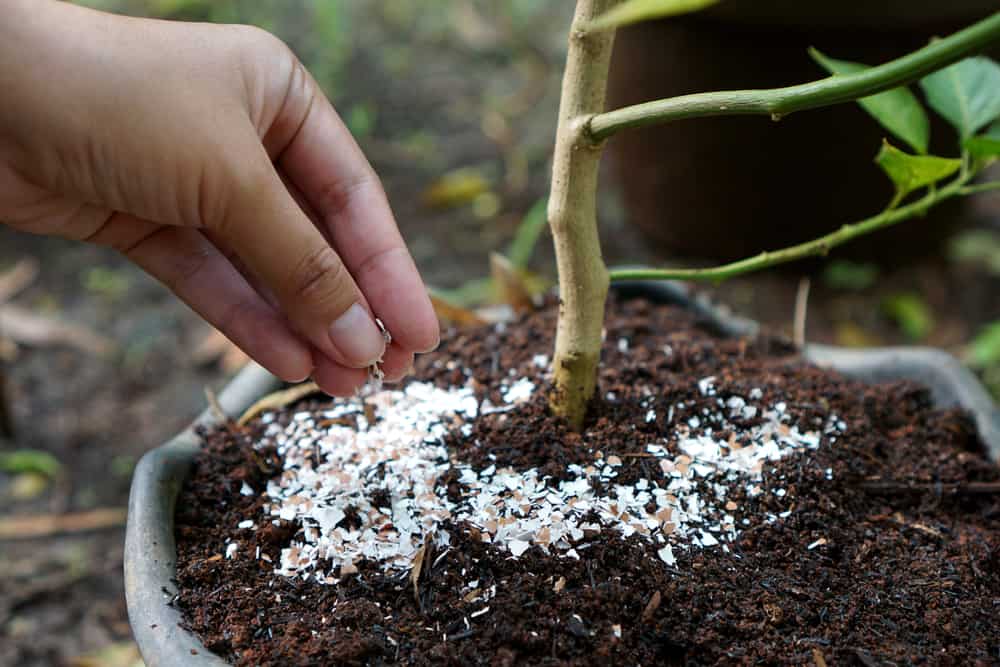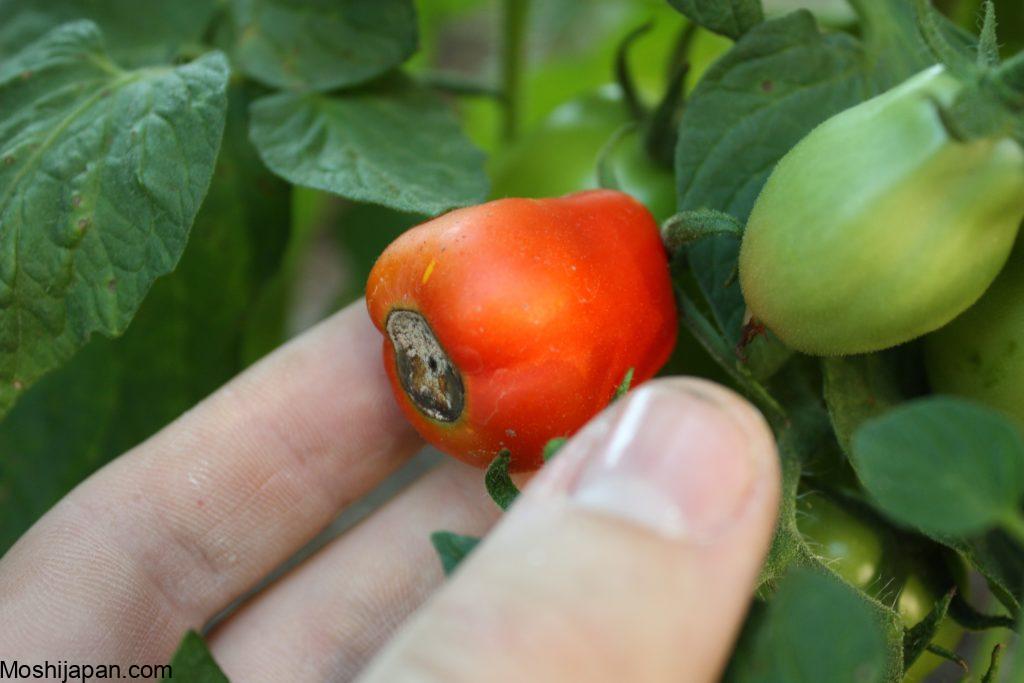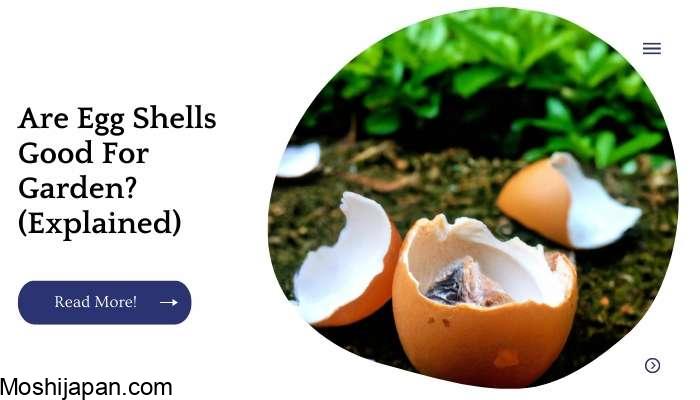Are Eggshells Good or Bad for Tomatoes?
When it comes to growing healthy and robust tomato plants, there’s an age-old debate about whether eggshells can be beneficial or detrimental to your garden. Some gardeners swear by the practice of using crushed eggshells in their tomato beds, while others remain skeptical. In this comprehensive guide, we’ll explore the use of eggshells in tomato gardening, shedding light on the potential benefits and drawbacks. Our aim is to provide you with a well-informed perspective that can help you make the best decision for your tomato plants.
The Nutrient-Rich Eggshells

Eggshells are composed primarily of calcium carbonate, making them a valuable source of calcium – a crucial nutrient for tomato plants. Calcium plays a pivotal role in the growth and development of the plant, particularly when it comes to fruit formation. Calcium deficiency in tomato plants can lead to issues like blossom end rot, where the bottom of the fruit becomes discolored and inedible.
By incorporating crushed eggshells into your garden soil, you can provide a slow-release source of calcium. As the eggshells break down, they gradually release this essential nutrient, which can help prevent calcium deficiencies and improve overall fruit quality. This natural and organic method ensures that your tomatoes receive the necessary nutrients without the need for synthetic fertilizers.
Pest Deterrent

In addition to providing calcium, eggshells can act as a natural deterrent for certain garden pests. The sharp and jagged edges of crushed eggshells can deter slugs, snails, and other soft-bodied pests from crawling into your tomato beds. These critters find it difficult to traverse the rough surface of the eggshells, helping to protect your tomato plants from potential damage.
How to Use Eggshells in Your Tomato Garden

Using eggshells in your tomato garden is a simple and cost-effective process. Here’s a step-by-step guide to help you get started:
- Collect Eggshells: Save and rinse the eggshells from your kitchen. Allow them to air dry completely.
- Crush the Eggshells: Once they are dry, crush the eggshells into small pieces. You can use a mortar and pestle or place them in a plastic bag and gently crush them with a rolling pin.
- Incorporate into Soil: Sprinkle the crushed eggshells around the base of your tomato plants. Be sure to spread them evenly to cover the root zone.
- Maintain Regularly: You can continue adding crushed eggshells throughout the growing season as needed.
Potential Drawbacks

While eggshells can offer several benefits to your tomato garden, it’s essential to consider potential drawbacks. One common concern is that eggshells take time to decompose fully. In some cases, it might take several months or even years for them to break down entirely, releasing the calcium and other minerals.
If you require immediate nutrient supplementation, especially in the early stages of plant growth, eggshells may not provide a quick solution. In such cases, a water-soluble calcium source or a balanced fertilizer might be more suitable.
Additionally, eggshells may not be as effective in deterring all types of pests. While they can deter soft-bodied pests, they might not be as effective against larger insects or animals that could harm your tomato plants.
Frequently Asked Questions (FAQ)

1. Can I use eggshells from any type of eggs in my garden?
Yes, you can use eggshells from any type of eggs, whether they are chicken, duck, or any other bird’s eggs. The nutrient content remains valuable for your garden.
2. How often should I add crushed eggshells to my tomato garden?
You can add crushed eggshells at the beginning of the planting season and periodically throughout the growing season. There’s no fixed schedule, but maintaining a consistent supply can be beneficial.
3. Are there any alternatives to using eggshells for calcium supplementation?
Yes, there are alternative calcium sources, such as gypsum or lime, which can provide a quicker release of calcium to your plants.
4. Can I use eggshells for other plants in my garden, or are they only suitable for tomatoes?
Eggshells can benefit a variety of plants, not just tomatoes. You can use them in your vegetable garden, flower beds, and more.
5. Do I need to sterilize the eggshells before using them in my garden?
While it’s not necessary, some gardeners choose to bake the eggshells in the oven for a short time to ensure they are free of any potential pathogens. This step is optional but can provide extra peace of mind.
In conclusion, using eggshells in your tomato garden can be a beneficial and eco-friendly practice, offering a slow-release source of calcium and natural pest deterrence. However, it’s important to be patient as eggshells take time to decompose fully. Depending on your specific needs, you might explore other calcium supplementation options for quicker results. Ultimately, the decision to use eggshells in your tomato garden depends on your individual gardening goals and preferences.
tag
- chicken feed
- how to Keep Chickens Off Your Porch
- How to grow oyster mushrooms at home
- Growing Kale in Pots



0 Comments